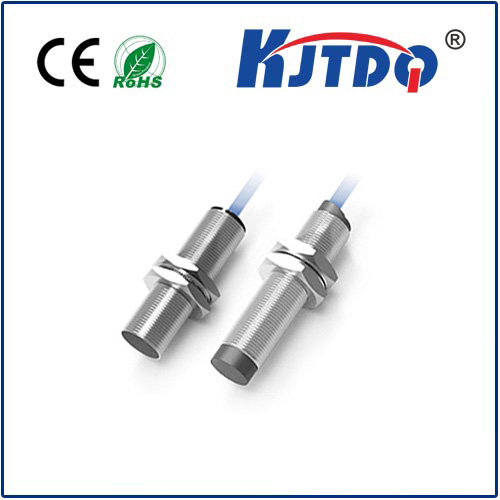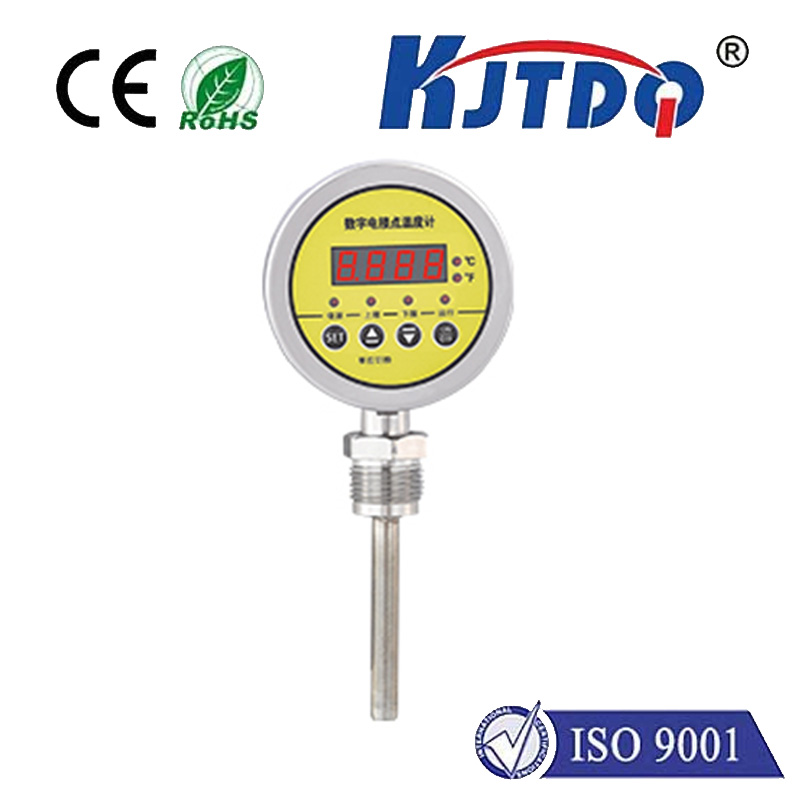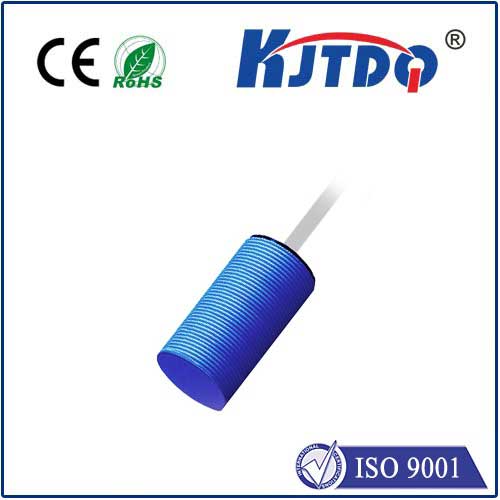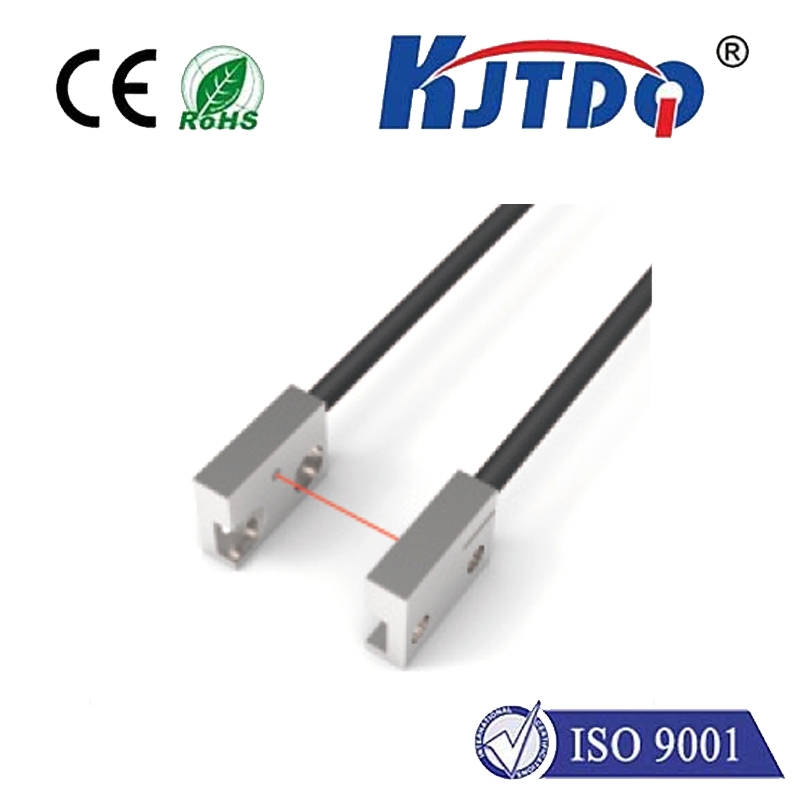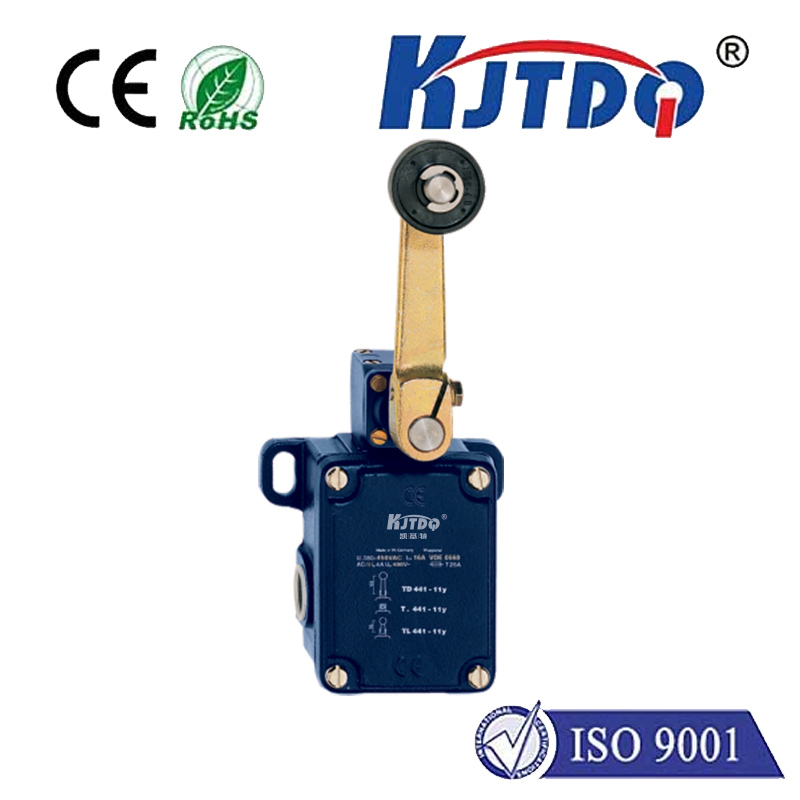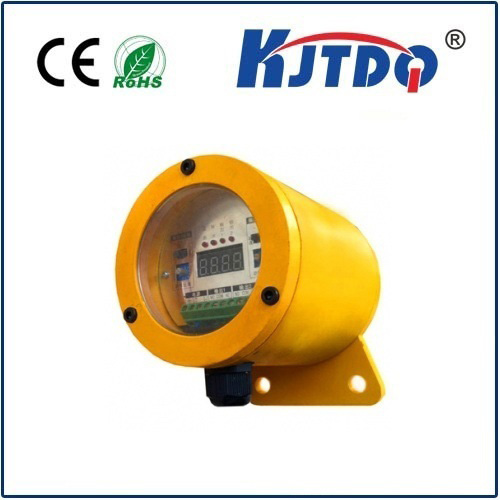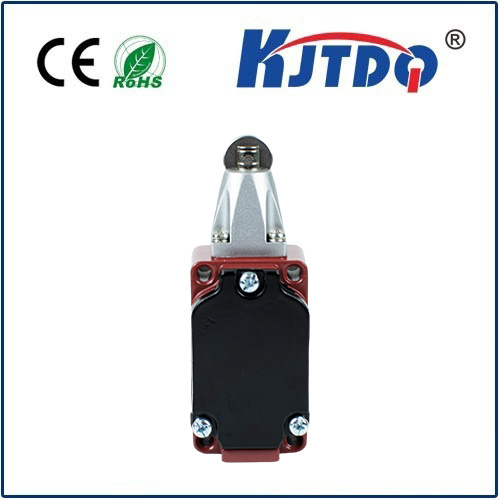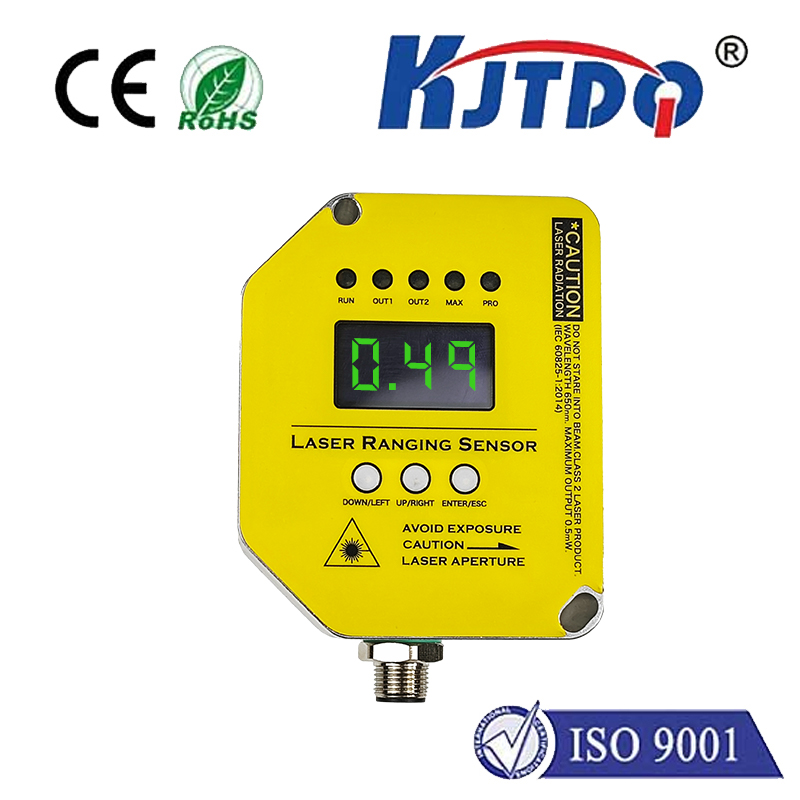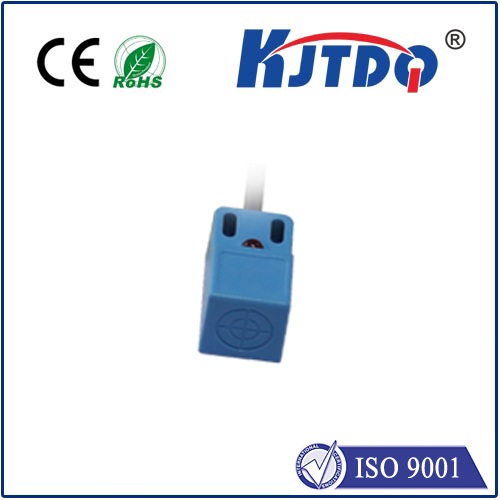m18 proximity sensor
- time:2025-09-07 05:34:37
- Click:0
M18 Proximity Sensors: The Unsung Precision Powerhouses in Automation
Think about the smooth, uninterrupted operation of modern machinery – assembly lines whirring, robotic arms precisely placing components, packaging systems sealing boxes flawlessly. Behind much of this seamless function lies a humble, unassuming hero: the M18 proximity sensor. These compact cylindrical devices are fundamental building blocks of industrial automation, providing reliable, non-contact detection essential for control, safety, and efficiency. Often unnoticed physically due to their size, their role is absolutely critical. Understanding what they are, how they work, and why the M18 standard is so prevalent is key to appreciating their impact.
What Exactly is an M18 Proximity Sensor?
At its core, an M18 proximity sensor is a type of non-contact electronic switch. Its name comes directly from its physical dimensions: the threaded barrel has an 18mm diameter. This standardized size has become incredibly popular globally due to its excellent balance of sensing range capability, robust design, and ease of installation. While various sensing technologies exist (inductive, capacitive, ultrasonic, magnetic), the inductive M18 proximity sensor is overwhelmingly the most common in industrial environments, particularly for detecting metal targets.
The Magic of Non-Contact Detection
The brilliance of inductive proximity sensors lies in their operating principle. Inside the sensor head is an oscillator circuit generating a high-frequency electromagnetic field. When a metallic target enters this field, it induces small eddy currents on the target’s surface. These eddy currents draw energy from the sensor’s oscillator, causing its amplitude to decrease. This decrease is detected by a threshold circuit within the sensor, triggering its output state to switch (e.g., from OFF to ON). Crucially, this detection happens without any physical contact whatsoever. This characteristic delivers several significant advantages:

- No Moving Parts, High Reliability: No physical wear and tear means vastly extended lifespan compared to mechanical limit switches.
- Exceptional Speed: Capable of detecting targets at incredibly high speeds, making them ideal for fast-moving machinery.
- Resilience in Harsh Environments: Sealed units (typically rated IP67 or higher) resist dust, dirt, oils, coolants, and vibrations common in factories.
- Consistent Performance: Provides reliable switching regardless of surface condition (dirty, oily) of the target, unlike optical sensors.
- Minimal Maintenance: Once installed correctly, they largely operate unattended.
Key Specifications Defining M18 Proximity Sensor Performance
Choosing the right M18 sensor for an application involves understanding key specifications:
- Sensing Range (Sn): The nominal distance at which the sensor can reliably detect a standard target (usually mild steel). M18 inductive sensors commonly offer ranges between 2mm and 8mm. Always operate within 80-90% of Sn for reliability.
- Target Material: Standard inductive sensors are optimized for ferrous metals (iron, steel). Detection distance reduces significantly for non-ferrous metals (brass, aluminum, copper) and is negligible for non-metals. Specialized versions exist for specific non-ferrous detection.
- Electrical Output: Available in several types:
- PNP (Sourcing): Outputs positive voltage when active.
- NPN (Sinking): Outputs ground/negative when active.
- Normally Open (NO) / Normally Closed (NC): Defines the output state when no target is present.
- Analog Output: Provides a continuous signal proportional to distance.
- Housing Material: Stainless steel (most durable, corrosion-resistant) or Nickel-plated brass (cost-effective for less harsh environments).
- Connection Type: M12 quick-disconnect connectors (most common for modern sensors) or integrated cable options (fixed lengths, often gland nut sealed).
- Environmental Ratings: IP67/IP68/IP69K ratings indicate protection levels against dust and liquid ingress, crucial for washdown or outdoor areas. High temperature ratings may be needed near furnaces or ovens.
Ubiquitous Applications: Where M18 Sensors Shine
The versatility and reliability of M18 proximity sensors make them indispensable across countless industries:
- Position Verification: Confirming cylinders are retracted/extended, parts are present at stations, doors/gates are closed. (Critical for machine sequence control)
- Object Counting: Detecting items on conveyors or passing through specific points.
- Speed Monitoring: Sensing teeth on rotating gears or sprockets for RPM measurement.
- End-of-Travel Detection: Safely signaling the limit of movement for actuators or slides.
- Machinery Protection: Detecting jams or misplaced components to trigger emergency stops.
- Packaging and Material Handling: Bottle presence detection, pallet positioning, conveyor belt monitoring.
- Robotics: Precise positioning feedback for robotic arms and end effectors.
Selecting the Right M18 Proximity Sensor: Key Considerations
Don’t just grab the first M18 sensor off the shelf. Consider these factors:
- Target Material: Is it ferrous steel, stainless steel, aluminum, or non-metal? This dictates whether a standard inductive sensor suffices or if a specialized type (like capacitive for non-metals) is needed.
- Required Sensing Distance: Measure the gap between sensor face and target at the detection point. Choose a sensor with a Sn comfortably greater than this gap.
- Operating Environment: Will it face extreme temperatures, chemicals, high pressure washdown (IP69K needed), strong magnetic fields, or welding sparks? Choose housing material and IP rating accordingly.
- Electrical Interface: Does your PLC or controller require PNP or NPN input? NO or NC logic? Ensure compatibility.
- Output Type: Is simple ON/OFF switching sufficient, or is analog distance feedback required?
- Mounting Constraints: Ensure adequate space for the sensor body and necessary adjustment for alignment.
Installation Tips for Optimal Performance
Proper installation is paramount for reliable operation:
- Correct Mounting: Use the correct size nut and ensure the sensor is securely threaded into position. Avoid overtightening.
- Alignment: The sensor face must be perpendicular to the approach path of the target for maximum range. Side-sensing variants exist for specific needs.
- Flush vs. Non-Flush Mounting: Understand the sensor’s design. Shielded (Flush Mountable) sensors can be installed flush in metal without affecting range. Non-Shielded (Non-Flush) sensors offer longer range but require space around them and cannot be flush-mounted in metal.
- Avoid Mutual Interference: Maintain sufficient distance between multiple sensors (usually > 2x sensor diameter) to prevent them from interfering with each other’s fields.
- Secure Wiring: Protect cables from abrasion, tension, and damage. Use conduit or cable carriers in high-traffic areas.
The M18 proximity sensor’s combination of robust design, standardized form factor, reliable non-contact operation, and versatility cements its position as an essential component in the automated world. From simple presence detection to complex positional feedback, these compact powerhouses deliver the critical signals that keep modern industry moving efficiently, safely, and reliably. Choosing and installing them correctly ensures they perform their vital, often unseen, role flawlessly for years.






